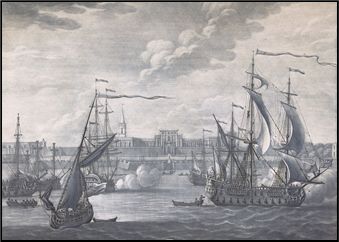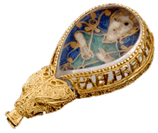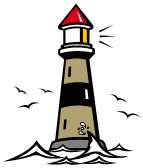




The population of England in 1690 is estimated at 5 million.
In 1697 a window tax is levied in England, placed on any house which had more than six windows. To evade the tax many householders bricked up a number of their windows!
In 1698 a poll tax levied in England is abandoned because of its unpopularity.
The next one, imposed nearly 300 years later, virtually brings down the government!
....... And another unpopular
tax -
imposed the same year by Peter I of Russia, anxious
to bring his country in line with Western culture!
The first Eddystone lighthouse is completed in 1700, but the tower is destroyed in a gale three years later.
InxLondon the Society for the Propagation of the Gospel is founded by the philanthropist Dr Thomas Bray in 1701.
In 1701 William III grants a charter to weavers in Axminster and Wilton for the making of carpets.
W3-
In
1693 a jewel bearing
the name and portrait of King Alfred the Great -
The Bank of England is founded by the Scottish merchant William Paterson. A few
years later he attempted to establish a colony at Darien on the Isthmus of Panama
but his wife and child died out there, and sickness forced his own return.
In 1690 the English establish a trading post at Calcutta on the West coast of India.


1694



ThexEnglish physician Sir John Floyer writes in praise of spa water. It
is said that in 1697 he was the first doctor to count a patient's pulse rate.



Acknowledgement
Calcutta: by the
English engraver Elisha Kirkall (c1682-